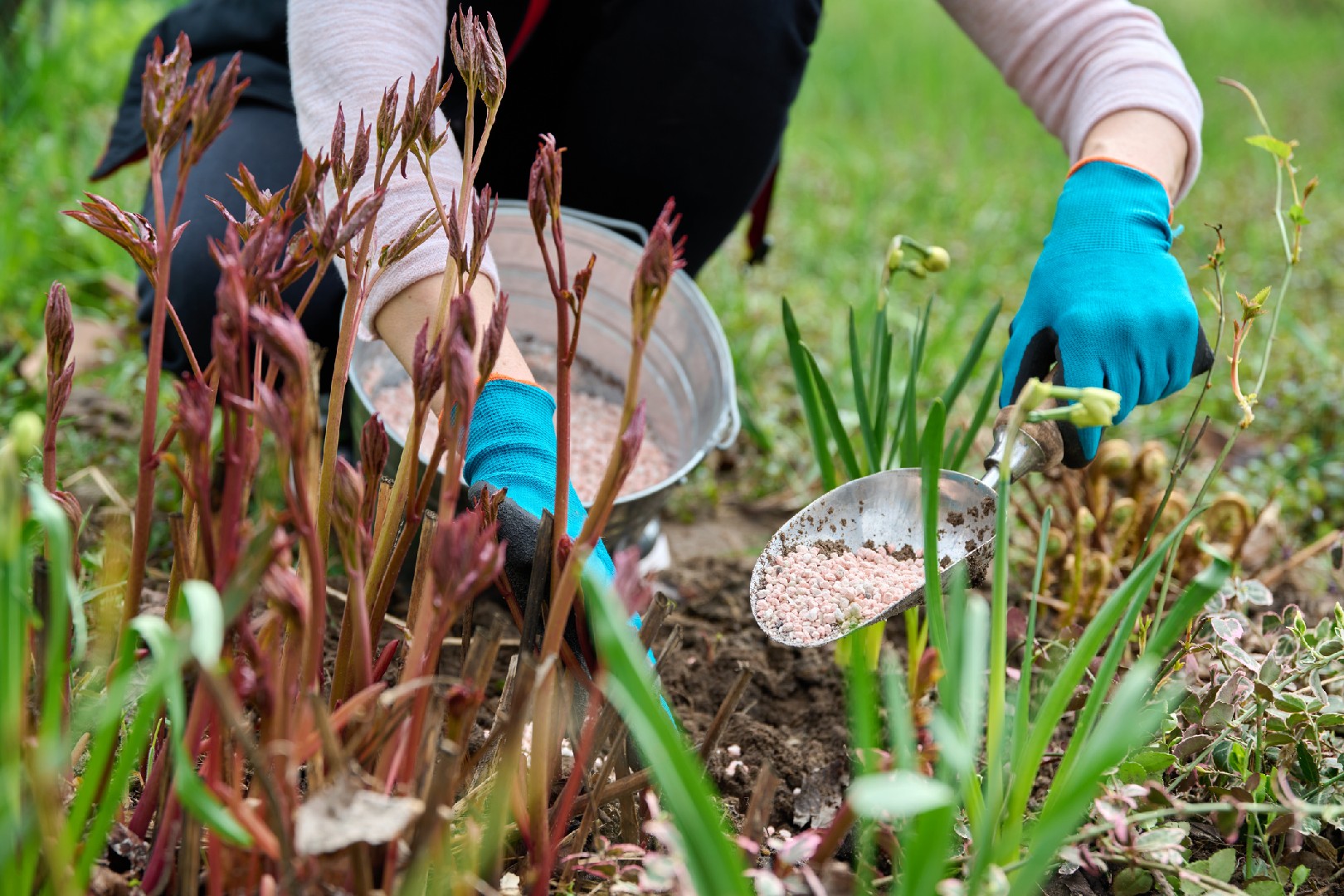![Rectangle]()
Understanding Fertilizer Types and Their Seasonal Roles
When it comes to maintaining a healthy and vibrant garden, understanding the different types of fertilizers and their seasonal roles is crucial. Fertilizers play a vital role in providing plants with the necessary nutrients for growth and development. By choosing the right fertilizer for each season, you can ensure that your plants receive the optimal nutrients at the right time.
One key factor to consider when selecting a fertilizer is its nutrient composition. Different plants have varying nutrient requirements, and it's important to choose a fertilizer that meets those needs. Generally, fertilizers are classified into three main types based on their nutrient composition: nitrogen-based fertilizers, phosphorus-based fertilizers, and potassium-based fertilizers.
Nitrogen-based fertilizers are rich in nitrogen, which promotes lush green foliage and overall plant growth. These types of fertilizers are ideal for use during the spring and early summer when plants are in their active growth phase. They provide a quick boost of nutrients that stimulate leaf and stem development. However, it's important to avoid overusing nitrogen-based fertilizers, as excessive nitrogen can lead to weak plants and increased susceptibility to diseases.
Phosphorus-based fertilizers are high in phosphorus, which plays a critical role in root development, flowering, and fruiting. These fertilizers are best used during the early stages of plant growth and development, such as when transplanting seedlings or establishing new plants. Phosphorus helps plants establish strong root systems, allowing them to uptake water and nutrients more efficiently. Additionally, phosphorus promotes flower and fruit production, making it an essential nutrient for flowering and fruiting plants.
Potassium-based fertilizers, also known as potash fertilizers, provide plants with potassium, an essential nutrient for overall plant health and disease resistance. Potassium helps plants regulate water movement, improve nutrient uptake, and enhance photosynthesis. These types of fertilizers are typically used during the late summer and early fall, as they help plants prepare for winter and build up their defenses against diseases and stressors.
In addition to understanding the different types of fertilizers, it's also important to consider specific situations that may require the use of certain fertilizer types. For example, if you have acidic soil, you may need to use lime or calcium-based fertilizers to balance the pH levels. Similarly, if your plants show signs of nutrient deficiencies, such as yellowing leaves or stunted growth, you may need to choose a fertilizer with the appropriate nutrients to address the deficiency.
By understanding the roles of different fertilizer types and considering specific situations, you can effectively feed your garden and support its overall health and productivity. Remember to always follow the instructions on the fertilizer packaging and apply it in the recommended doses. With the right knowledge and practices, you can ensure that your garden thrives throughout the seasons and rewards you with a bountiful harvest or beautiful blooms.





